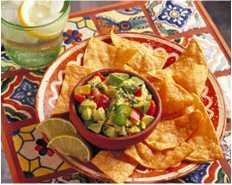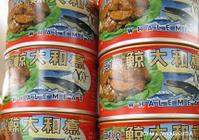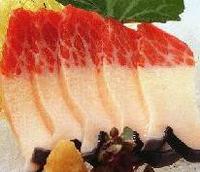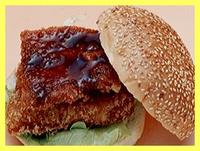- With summer's bounty here, how about a basic course in freezer management. Ruthlessness is paramount: a year is the maximum life for most items, and a freezer isn't a long-term storage unit. In theory, freezing preserves food indefinitely. In fact, for home cooks with residential-grade refrigerators, freezing is a stopgap that slows the aging of food but does not halt it.
- Home freezers should stay well below freezing, at zero or below. Most home freezers, especially those inside refrigerators, are at least 10 above. For every 5 degrees above zero, the life of food is cut in half. Freezer temperatures can be checked easily with an inexpensive refrigerator thermometer from a hardware store.
- Freezer temperatures should be checked every few months. Even if you don't change the setting, a freezer can be 20 degrees warmer in summer than in winter. During a blackout, a home freezer full of food will stay safely frozen for about two days if the door is not opened. (A half-full freezer will last about half as long, and so on.) Food that has visibly thawed should be used or tossed out, but as long as the freezer temperature has not risen above 32 the contents can safely be refrozen.
- Even food that is frozen under ideal conditions does not last forever. Most of it can last a few months at the most before the taste changes. As long as it stays at zero, it's safe, but that doesn't mean it's going to taste good.
- Often, food that has been frozen once can safely be frozen again. But by the time you lift these products from the refrigerated case, they may have already been frozen and thawed at least once, so do not expect fresh flavor or succulent texture if you refreeze them. The Agriculture Department says it is safe to eat meat that has been refrozen, as long as it has never risen above 40 degrees (refrigerator temperature), even during defrosting.
- Chicken, especially, suffers from "drip," the food industry's term for the juices that ooze out of food as it thaws. Unappetizing as it sounds, drip contains the liquid, salts and minerals that give chicken its flavor, and once the thawing releases that liquid, no amount of marinating or brining can bring it back.
- Chicken, pork and fish are best used within six months; they are far less resilient in the freezer than red meats, which can be frozen for a year. Anything more than a year old, except large roasts of meat, should be considered inedible and thrown out.
- SUMMER FRUIT and vegetables can last all winter in the freezer, especially cooked -- recipes with lots of liquid, such as corn chowder, tomato sauce, bean soup and berry compote, are ideal. But raw produce has a more fragile texture that can be ruined by freezing. Vegetables, whether frozen at home or in an industrial plant, can be protected by a quick dip in boiling water, to set the texture and color. Cut them into bite-size pieces beforehand. They should barely cook: The time can range from 90 seconds for spinach and bok choy to three minutes for carrots and Jerusalem artichokes. Next, plunge the vegetables into a bowl of ice water to stop the cooking. Drain well, and freeze.
- Fruit should also be cut up before freezing, though berries can be left whole. Toss each cup of fruit with a scant tablespoon of sugar to reduce browning. (To reduce it more, pack the fruit covered in sugar syrup, made by dissolving sugar in an equal quantity of water until clear.) Fresh herbs do not freeze well, except stick herbs like rosemary and thyme.
- When you plot additions to the freezer, remember that stackable containers, not bags, are the most efficient storage units. When freezing liquids, leave at least half an inch of space at the top of each container -- water expands as it freezes. Freezer bags and containers are worth the extra cost, because their thickness makes them much more airtight than regular plastic products.
- The Agriculture Department insists that for safe defrosting, food must be thawed slowly in the refrigerator, or while tightly wrapped and immersed in cold water. (Microwave defrosting is so variable that the department does not offer guidelines, other than to specify that microwave-defrosted food should be cooked immediately.)
IDEAL FOR FREEZING
Red meat
Butter
Fresh berries
Pesto (without cheese)
Cookie dough
Nuts
Coffee
Whole-grain breads and flours
Soups, stews and pasta dishes
DON'T FREEZE
Mayonnaise
Raw vegetables
Bananas and pineapples
Potatoes, raw or cooked
Sour cream, heavy cream or cream cheese
Fried food
Food with cooked egg white (includes quiches, souffles and meringues)




